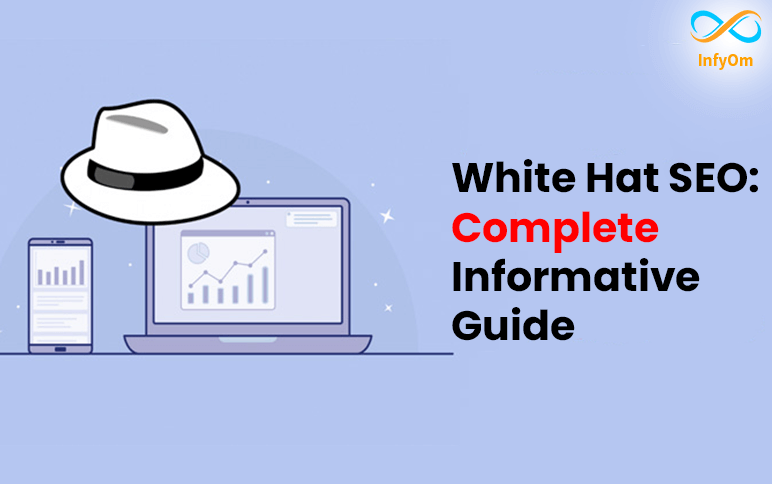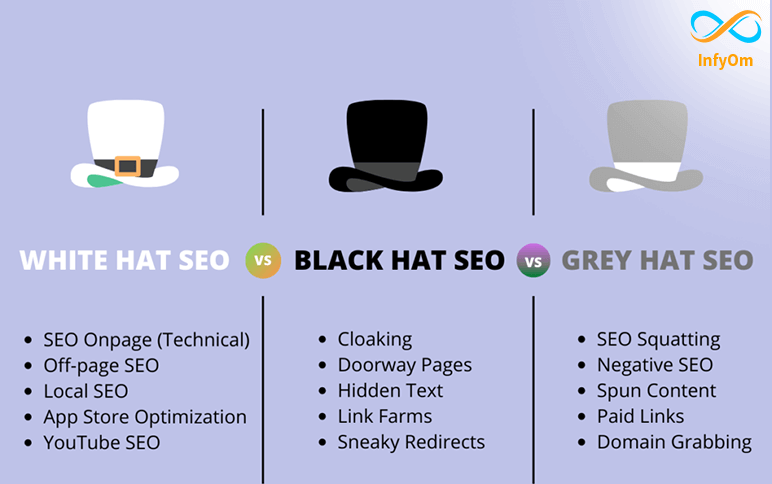On-page are SEO types are used for ranking your webpage in google at no.1 position to get more traffic. That can take time but it’s processed for a one-time setup than organically site rank in google and you get high-quality results.
Here you can get the ultimate guide about on-page SEO and you can apply this process to get results as you expect.
Factors for On-Page SEO
There are some factors that affect while process of on-page SEO.
So, let’s get started,
1. Title
The title is the most important factor for the rank website in google. A page title should be attractive for the user if the user doesn’t interest in your title then the user never read your blog post.
The title length should be 50 – 60 characters. Google can cut down longer versions of the title and your title doesn’t see in google as you expect.
Here is the list for titles:
- Use a keyword in the title
- A Longer version of the keyword used in the title
- CTA – call to action word use
- Don’t use stop words
- Use your brand name in the title
2. Metatags
Metatags are also the most important factor for ranking. Metatags consist of a meta title, meta description, meta keyword, etc.
The length of the meta description should be generally 155 to 160 characters.
Metatags represent your whole blog in short. It should be attractive for user expectations.
Google can change your meta description and meta title user’s query related but write meta description is required. And it should be relevant to your blog post.
3. SSL Certificate
Users can trust an only secure site if your site has no SSL certificate then it shows not secure so, user cannot trust on this site and don’t provide information to this site.
Your site not should be HTTP but should be HTTPS using this gets user trust belongs to your site easily.
Example:
http://infyom.com/ – without an SSL certificate
https://infyom.com/ – with SSL certificate
4. Responsive Website
The website should be mobile-friendliness if not then google can not index a particular webpage or site.
5. Navigation
Navigation of your website is should be easy for users so users can spend more time on your site.
Users can easily go from one page to another page using simple navigation.
You can use a breadcrumbs snippet for easy navigation.
6. Page Loading Speed
Core web vitals plays an important role in page loading speed. Low page loading speed means users can more time spent on a website.
Key factors:
- Images compression
- Compress javascript and CSS files
- Cashed javascript and CSS files
- Light theme
7. Text Visibility
Another important factor is text visibility. Text on your site should be visible to the user. Not used word to white text in the white background is not visible for the user.
8. CTA – Call to Action
Use call-to-action words in your content for getting to user interaction with your content.
Ex. Buy Now, 2 Days left only, Create an account, Free e-book, Explore, Join now, Discover, etc. all are call-to-action words that use in your content to increase user interaction with your content.
9. Img alt text
Always use alt text for every image that is in content. Alt text should be relevant to your image.
Don’t use repeat alt text in the same content.
10. Internal Linking
Your site pages should be interlinking with each other for easy navigation. Google can easily understand your site structure if you use interlinking of all pages with each other.
Google can easily crawl them and indexed them in SERP. Using this users can spend more time on your website and you can get a rank in google.
11. External linking
You can do link to high domain authority web pages on your page. This is also a ranking factor in on-page SEO.
Not limit to external linking to your web pages.
12. URL Structure
Use an easy URL structure for your web pages. Don’t use a long-form of URL structure.
Conclusion:
All factors are important in on-page SEO points of view so, follow these steps to get a higher ranking in google.
![On-Page SEO : The Ultimate Guide[2021]](https://infyom.com/blog/wp-content/uploads/2024/07/on-page-seo-ultimate-guide.png)
![Black Hat SEO Guide - Easy to Understand [2021]](https://infyom.com/blog/wp-content/uploads/2024/07/black-hat-seo-techniques.png)

